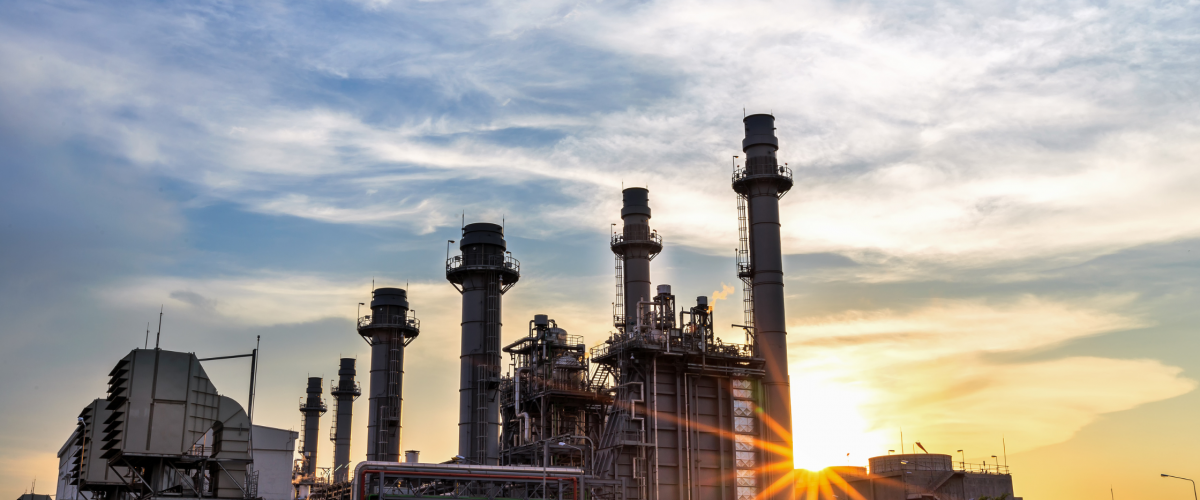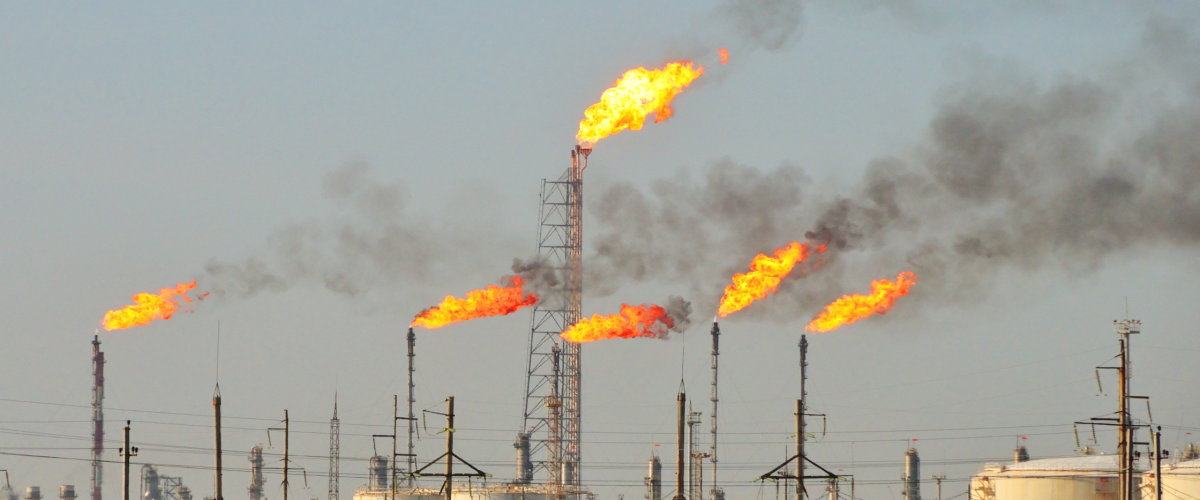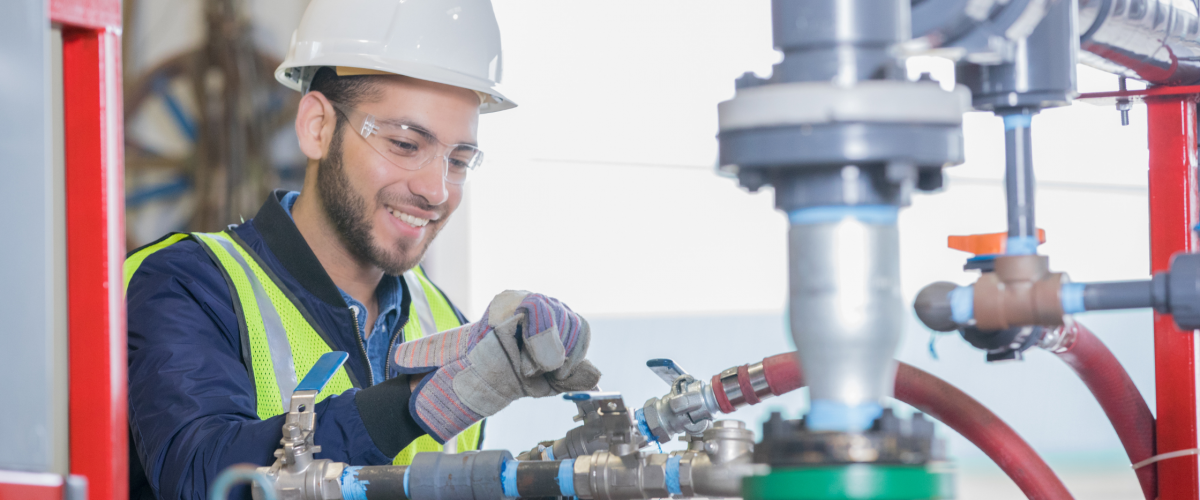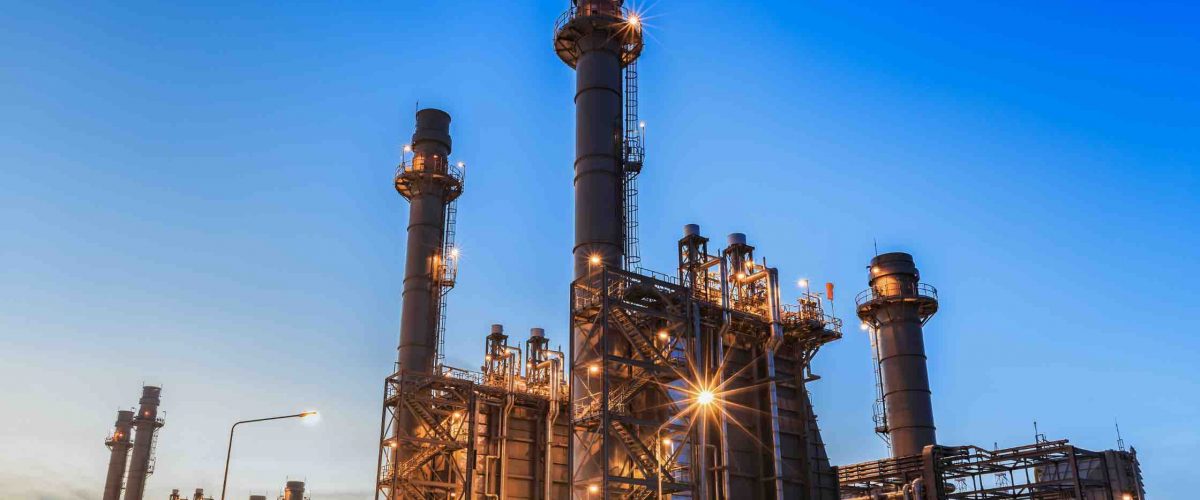Natural gas is a vital energy source globally, but it often contains significant amounts of water vapor when extracted. Removing this moisture is crucial to prevent pipeline corrosion, hydrate formation, and other operational issues during transport and storage.
Gas dehydration units (GDUs) play a pivotal role in this process, ensuring the gas is dry and safe for transportation.
Importance of Gas Dehydration
- Preventing Hydrate Formation
- Hydrates: Crystalline ice-like structures formed when water and natural gas combine at high pressures and low temperatures.
- Issues: Hydrates can block pipelines, valves, and other equipment, leading to operational disruptions and safety hazards.
- Avoiding Corrosion
- Corrosive Agents: Water can react with impurities in natural gas, such as CO2 and H2S, forming acids that corrode pipelines and equipment.
- Pipeline Integrity: Maintaining dry gas ensures the longevity and integrity of the transportation infrastructure.
- Maintaining Calorific Value
- Energy Content: Moisture in natural gas can dilute its calorific value, affecting its efficiency and performance as a fuel.
- Quality Standards: Dehydration ensures the gas meets commercial quality standards and specifications.
Gas Dehydration Methods
- Glycol Dehydration
- Process Overview: Uses liquid desiccants, typically triethylene glycol (TEG), to absorb water vapor from natural gas.
- Operation:
- Contact Tower: Natural gas flows through a contactor tower where it comes into contact with TEG.
- Absorption: TEG absorbs the water vapor from the gas.
- Regeneration: The water-rich glycol is then heated in a reboiler to remove the absorbed water, allowing the glycol to be reused.
- Advantages: High efficiency, ability to handle large volumes, and relatively low operational costs.
- Applications: Widely used in midstream and upstream operations.
- Solid Desiccant Dehydration
- Process Overview: Utilizes solid desiccants like silica gel, activated alumina, or molecular sieves to adsorb water from the gas stream.
- Operation:
- Adsorption Towers: Natural gas passes through towers filled with solid desiccant material.
- Moisture Adsorption: Water molecules adhere to the surface of the desiccant.
- Regeneration: The desiccant is regenerated by heating or pressure swing, removing the adsorbed water.
- Advantages: Capable of achieving very low water dew points, suitable for low-flow or high-pressure applications.
- Applications: Preferred in applications requiring very dry gas, such as in cryogenic processes.
- Membrane Dehydration
- Process Overview: Employs selective permeable membranes to separate water vapor from natural gas.
- Operation:
- Permeation: Gas passes through membranes that allow water vapor to permeate while retaining dry gas.
- Separation: Water vapor is collected on the permeate side while dry gas continues on the other side.
- Advantages: Compact design, lower energy consumption, and simplicity of operation.
- Applications: Ideal for offshore platforms and small-scale operations.
- Refrigeration Dehydration
- Process Overview: Lowers the temperature of natural gas to condense and remove water vapor.
- Operation:
- Cooling: Gas is cooled to a temperature below its dew point.
- Condensation: Water vapor condenses into liquid droplets, which are then separated from the gas.
- Advantages: Effective in removing water and other hydrocarbons, straightforward operation.
- Applications: Used in conjunction with other dehydration methods for comprehensive treatment.
Key Components of Gas Dehydration Units
- Contactor Tower
- Function: Where gas comes into contact with the dehydrating agent (glycol or solid desiccant).
- Design: Typically a tall column is designed to maximize surface area for gas and liquid interaction.
- Reboiler (for Glycol Dehydration)
- Function: Heats the glycol to remove absorbed water, regenerating the glycol for reuse.
- Design: Includes a heating element and a separation section for water vapor removal.
- Adsorption Towers (for Solid Desiccant Dehydration)
- Function: Contain the solid desiccant material that adsorbs water from the gas.
- Design: Multiple towers used in rotation for continuous operation and regeneration.
- Membrane Modules
- Function: Contain the selective membranes for the separation process.
- Design: Compact and modular, allowing for easy scaling and integration.
- Heat Exchangers
- Function: Used in refrigeration and some glycol systems to cool or heat the gas.
- Design: Various configurations depending on the specific process requirements.
- Separator Vessels
- Function: Separate liquid water from the gas after condensation or adsorption.
- Design: Typically horizontal or vertical vessels with internal baffles for efficient separation.
Challenges and Solutions
- Operational Efficiency
- Challenge: Maintaining high efficiency and uptime of dehydration units.
- Solution: Regular maintenance, monitoring, and upgrading of equipment to incorporate new technologies.
- Environmental and Safety Concerns
- Challenge: Handling and disposal of water and chemicals used in the dehydration process.
- Solution: Implementing environmentally friendly practices and compliance with safety regulations.
- Economic Considerations
- Challenge: Balancing the cost of dehydration with the economic benefits of transporting dry gas.
- Solution: Optimizing the dehydration process to reduce costs and improve profitability.
Future Trends and Innovations
- Advanced Materials
- New Desiccants: Development of more efficient and durable desiccants to enhance the adsorption process.
- Membrane Technology: Innovations in membrane materials to improve selectivity and permeability.
- Digitalization and Automation
- Smart Monitoring: Use of sensors and IoT technology for real-time monitoring and predictive maintenance.
- Automation: Implementing automated control systems to optimize the dehydration process.
- Environmental Sustainability
- Green Technologies: Adoption of environmentally friendly dehydration methods and disposal techniques.
- Energy Efficiency: Focus on reducing the energy consumption of dehydration units through design improvements and energy recovery systems.
Gas dehydration units are essential for ensuring the safe and efficient transport of natural gas.
By removing moisture, they prevent operational issues, maintain gas quality, and protect infrastructure.
Advances in dehydration technologies and practices continue to improve efficiency and sustainability, making these units a critical component of the natural gas industry.
Read more on Sparkview Energy:
Cathodic Protection Systems in Oil and Gas Pipelines: Preventing Corrosion
Gas Lift Systems: Enhancing Production in Oil Wells
Liquefied Natural Gas (LNG) Market: Trends and Global Demand






